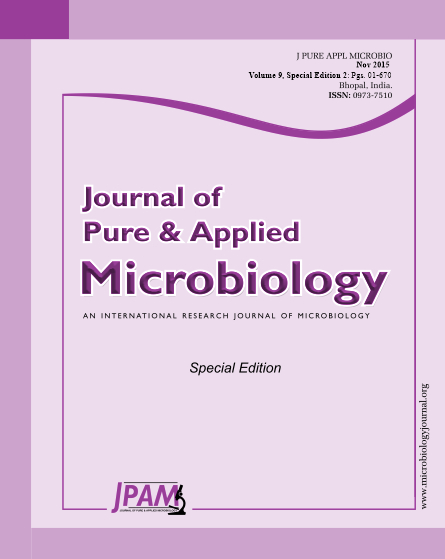Acne treatments are usually employed to inhibit inflammation or kill skin pathogens. However, these remedies can induce side effects such as xerosis cutis and skin irritation if they are used excessively. Therefore, natural products garnered the attention as alternatives to synthetic drugs, particularly those presenting high antibacterial and anti-inflammatory activities with no side effects. The antibacterial and anti-inflammatory activities of Phyllanthus urinaria extract (PUE) against drug-susceptible and drug-resistant skin pathogens have not been reported. In the present study, we evaluated the anti-bacterial and anti-inflammatory activities of PUE. We determined the anti-bacterial activities of PUE using the disk diffusion method. Various PUEs (water, 20%, 50%, and 100% ethanolic extracts) showed excellent antibacterial activities against Propionibacterium acnes (P. acnes), which are acne-causing bacteria. In addition, PUE inhibited the production of interleukin (IL)-8 in a dose-dependent manner in P. acnes-induced THP-1 monocytic cells, an indication of its anti-inflammatory effects. In order to determine whether PUE can safely be applied to the human skin, the cytotoxic effects of PUEs were determined by MTT assay in human keratinocyte HaCaT cells. PUE exhibited a low cytotoxicity at 10 µg/mL. The presence of rutin in PUE was determined using HPLC fingerprint. The content of rutin in water, 20%, 50%, and 100% ethanolic extracts was 5.2 mg/g, 1.5 mg/g, 0.7 mg/g, and 0.25 mg/g, respectively. Taken together, our results suggest that PUEs are attractive acne-mitigating candidates for topical application.
Acne, drug-resistant skin pathogen, inflammation, Phyllanthus urinaria, Propionibacterium acnes
© The Author(s) 2015. Open Access. This article is distributed under the terms of the Creative Commons Attribution 4.0 International License which permits unrestricted use, sharing, distribution, and reproduction in any medium, provided you give appropriate credit to the original author(s) and the source, provide a link to the Creative Commons license, and indicate if changes were made.


